Mohammad Reza Besharati
Stateless and Rule-Based Verification For Compliance Checking Applications
Apr 28, 2022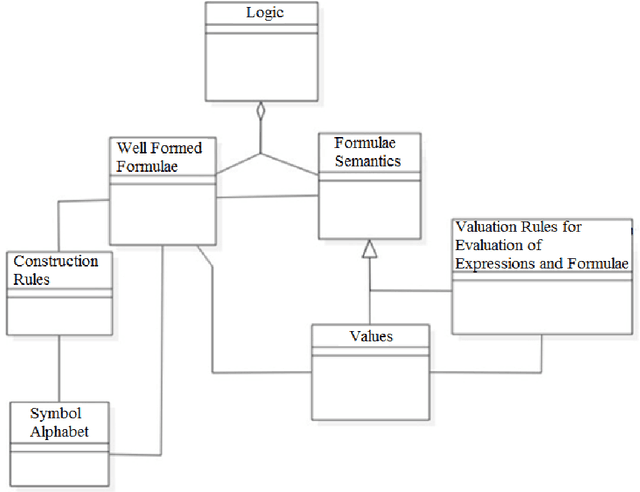
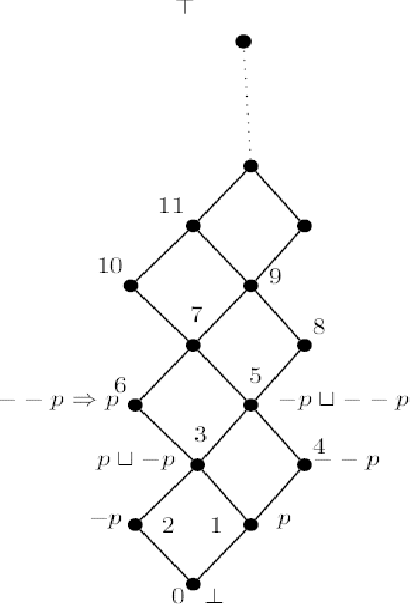
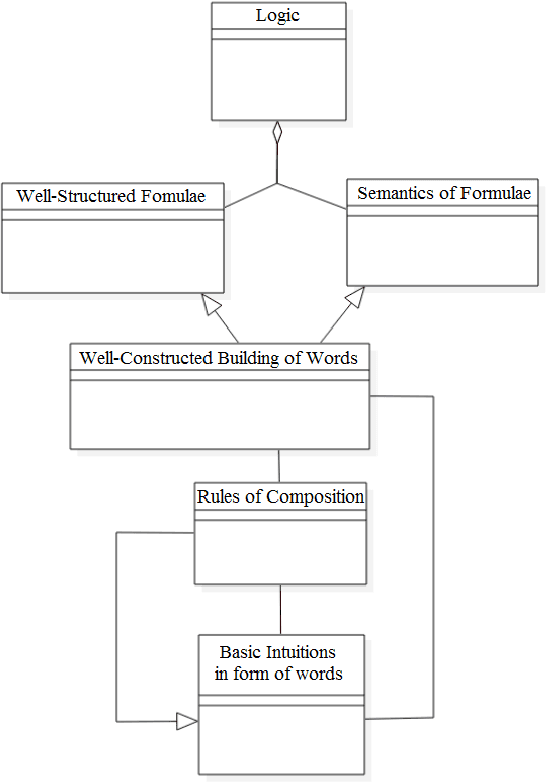
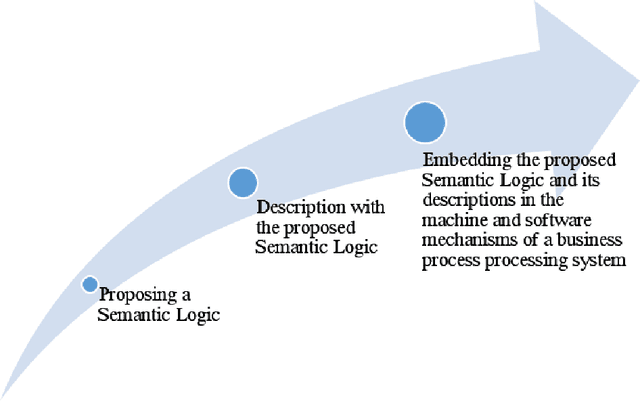
Abstract:Underlying computational model has an important role in any computation. The state and transition (such as in automata) and rule and value (such as in Lisp and logic programming) are two comparable and counterpart computational models. Both of deductive and model checking verification techniques are relying on a notion of state and as a result, their underlying computational models are state dependent. Some verification problems (such as compliance checking by which an under compliance system is verified against some regulations and rules) have not a strong notion of state nor transition. Behalf of it, these systems have a strong notion of value symbols and declarative rules defined on them. SARV (Stateless And Rule-Based Verification) is a verification framework that designed to simplify the overall process of verification for stateless and rule-based verification problems (e.g. compliance checking). In this paper, a formal logic-based framework for creating intelligent compliance checking systems is presented. We define and introduce this framework, report a case study and present results of an experiment on it. The case study is about protocol compliance checking for smart cities. Using this solution, a Rescue Scenario use case and its compliance checking are sketched and modeled. An automation engine for and a compliance solution with SARV are introduced. Based on 300 data experiments, the SARV-based compliance solution outperforms famous machine learning methods on a 3125-records software quality dataset.
SELM: Software Engineering of Machine Learning Models
Mar 20, 2021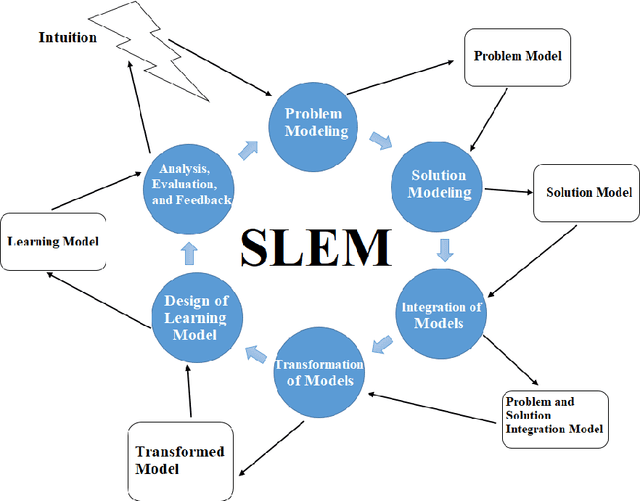

Abstract:One of the pillars of any machine learning model is its concepts. Using software engineering, we can engineer these concepts and then develop and expand them. In this article, we present a SELM framework for Software Engineering of machine Learning Models. We then evaluate this framework through a case study. Using the SELM framework, we can improve a machine learning process efficiency and provide more accuracy in learning with less processing hardware resources and a smaller training dataset. This issue highlights the importance of an interdisciplinary approach to machine learning. Therefore, in this article, we have provided interdisciplinary teams' proposals for machine learning.
 Add to Chrome
Add to Chrome Add to Firefox
Add to Firefox Add to Edge
Add to Edge